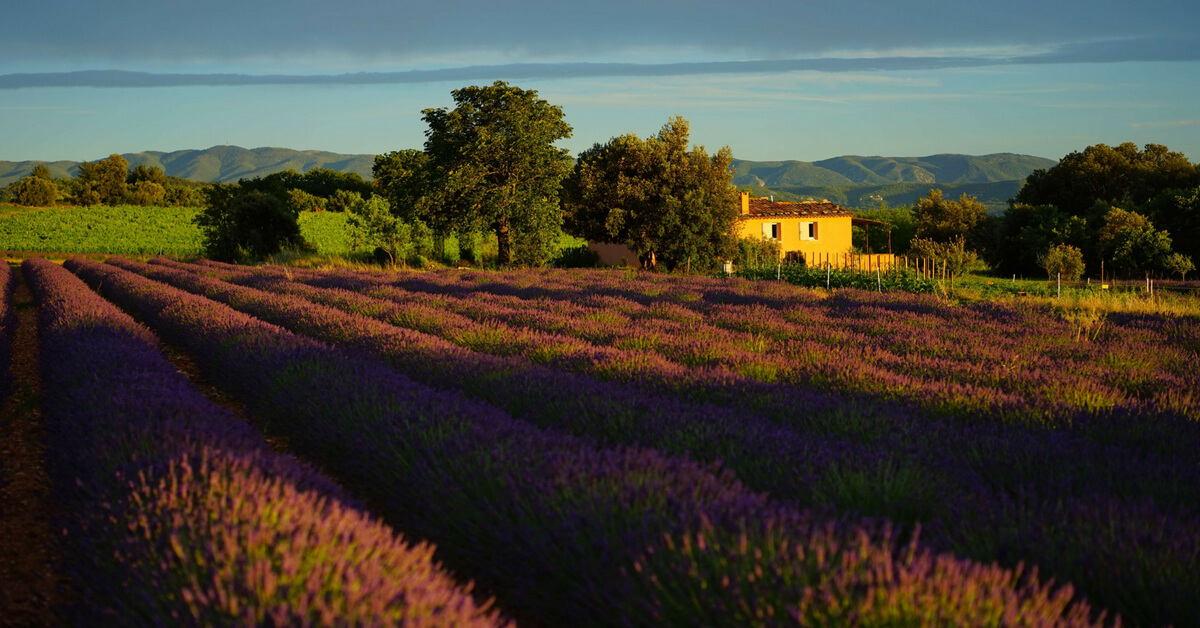Category: French Food & Wine
Discussed in this Episode
- Is it true that you shouldn't eat anywhere that has a menu in English? [29:29]
- You shouldn't eat at a restaurant that has photos on the menu? [30:14]
- Some say that in France you should not ask for a doggy bag. Is that true? [31:31]
- People say you shouldn't order red wine with fish and white wine with meat. Is that correct? [33:32]
- Is it true that you don't need to tip in France? [35:48]
- Should you try traditional French foods when you're in France? [39:52]
- Is it true that you must pay for bottled water at a restaurant in France? [43:43]
- Must you speak French or you'll get terrible service? [45:48]
How does one find a restaurant in France?
Michelin Restaurant Search Engine in French
Michelin Restaurant Search Engine in English
Yelp: No!
TripAdvisor: No!
Guides Online
ENGLISH
David Lebovitz
Patricia Wells
Paris by Mouth
Alexander Lobrano
FRENCH
If you do not read French, copy and paste the review into Google
Translate, and you will have a reasonable to excellent understanding of what is
written.
Le blog de Gilles Pudlowski
Le Bouche à Oreille
Les Grands Ducs
Simon Says
Lucky Miam
What are some regional foods/restaurants that one should look for?
1. Lyon: les bouchons
2. Toulouse: le cassoulet & SW France cuisine
Au Gascon
Chez Emile
Le Colombier
3. Marseille: la bouillabaisse, Tunisian, crustaceans, couscous
Toinou Coquillages
Le Femina Chez Kachetel
Kahena
Chez Fonfon
Le Rhul
What is it like to eat in a Michelin star restaurant? What distinguishes them
from “ordinary restaurants”?
Should one leave a tip? If so, how much? Who gets the tip?
Seriously think about eating at Les Halles.
Lyon: Les Halles de Lyon-Paul Bocuse [https://www.halles-de-lyonpaulbocuse.
com]
Toulouse: Marché Victor-Hugo [https://www.marche-victor-hugo.fr/]
What are some historical restaurants in Paris?
1. Saint-Germain-des-Près: Brasserie Lipp, Café de Flore, Les Deux.
Magots, Le Bonaparte
2, Blvd Raspail & Blvd Montparnasse: Le Dome, La Rotonde, Le Select, La
Coupole, (Relais d’Entrecôte)
3. Bouillon restaurants: Bouillon Chartier, Bouillon Racine, Bouillon
Chartier Montparnasse (formerly Montparnasse 1900), Bouillon Julien, (Bouillon Eating in France – 3/4/20, 18:00 PM / 3 Pigalle is not the same.)
Should you ask for a doggie bag? What will happen? Will you be arrested?
Or kicked out of the restaurant?
Are there any “chain” restaurants that one would consider? Relais d’Entrecôte (or simply Entrecôte), Chez Léon, Dorr
What are some DON’T DO’s when eating in France?
Mine: don’t order beef well done; don’t talk loudly; do wait to be seated
unless you are sitting for a quick coffee at a brasserie; do have patience; do
remember—“You are not in Kansas.”
Should you be brave, heroic even, and order a dish that you do not know
what it is? What is in it? Should you be crazy just once and order a dish that
you do not know the price?
Not me.
What is your favorite restaurant, Annie?
I ask this question not to hear a name necessarily, but to learn the reasons for
choosing it. Mine might be the small, very small café called Le Brebant in Juanles-
Pins.
Is it OK to take photos of your meal?
I do it, now.
What is a bar à vin or a bistrot à vin? Can you eat there? How is it different
from a brasserie or a restaurant?
What are the different quantities of wine you can order and how does it
differ from ordering wine the United States, for example?
One can ask for un verre de vin (a glass of wine), un quart (25 cl or 250 ml); une
Eating in France – 3/4/20, 18:00 PM / 4
fillette (same as un quart but said on Corsica); un cinquante (50 cl or 500 ml or ⅔ of
a 750 ml bottle), une demi-bouteille (37,5 cl or 375 ml or ½ of a 750 ml bottle), une
demi-bouteille (50 cl or 500 ml or ½ of a 1 liter bottle), un litre (1000 cl or 100 ml or
1 liter).
Be careful when ordering a half bottle of wine. There are two kinds of half
bottles. The 37,5 cl and the 50 cl. The former is one half of a regular 75 cl bottle of wine; the latter is ⅔ of a 75 cl bottle of wine. The regular bottles of wine one buys in a store are sold in 75 cl, or 750 ml, by volume.
The bottle needs to be opened for you at the table. If it has already been
opened, request that another bottle be brought and opened at the table.
Should one worry about the color of a wine? For example, should one order
a red wine for a meat dish and a white wine for a fish dish and a rosé
whenever? Do the French even care?
I want to eat a true, honest-to-goodness French dish that I cannot find in my
own country, and it will be my first time. What should I look for on the menu?
Should I look for foie gras, for example? So what dishes are typically French
and can be found most anywhere in France?
Croque monsieur or croque madame, la tartare de boeuf Charolais (with a
raw egg and prepared/cut with a knife), le foie gras, le poulet fermier roti, le
steak-frites, la tarte tatin, mousse au chocolat
What are the differences between les suggestions, le plat du jour, le menu,and la carte?
One should learn the difference before going to France. It will save you
money. And from disappointment.
Subscribe to the Podcast
Apple Google Spotify RSSSupport the Show
Tip Your Guides Extras Patreon Audio ToursRead more about this guest-notes
Episode PageCategory: French Food & Wine

